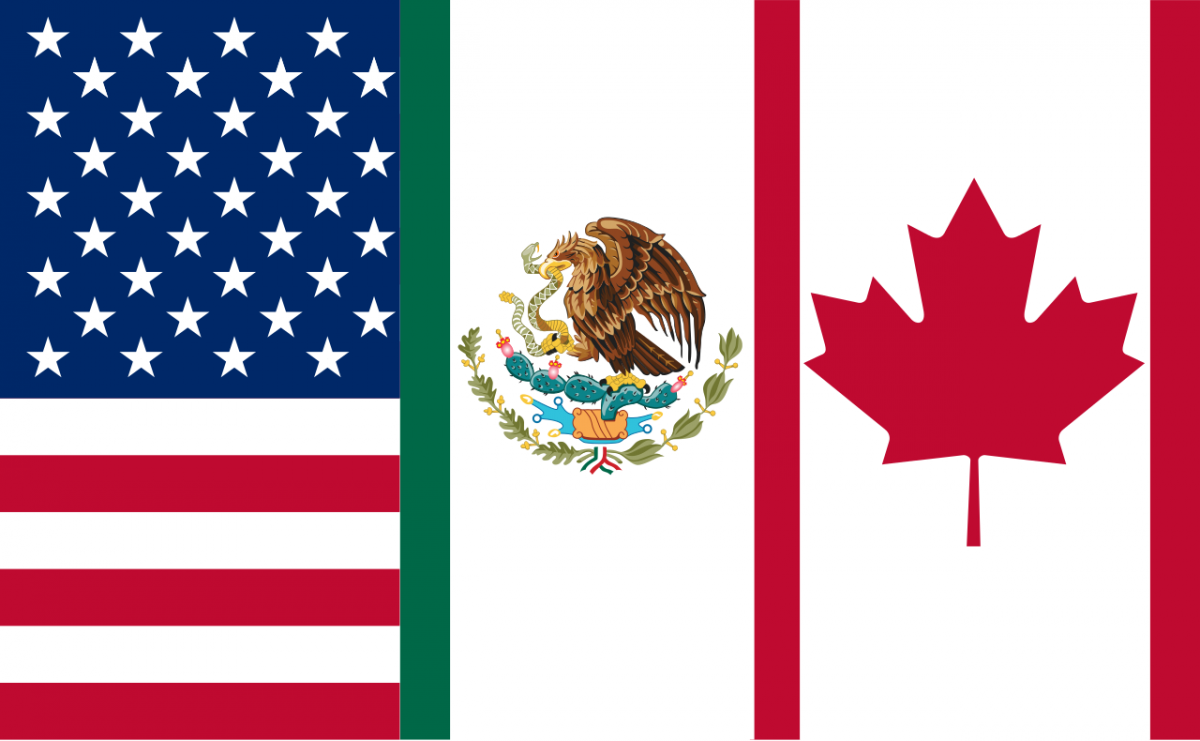NAFTA 2.0 Agreement Nears the Finish Line
September 10, 2018
 The Trump Administration made major strides in recent weeks to finalize negotiations over a new North American Free Trade Agreement (NAFTA), but the biggest issue for America’s dairy farmers – whether they will earn more market access to Canada – remains unresolved in early September. This high-stakes, high-visibility challenge is the key area where NMPF is heavily engaged this month on achieving a positive outcome for its members.
The Trump Administration made major strides in recent weeks to finalize negotiations over a new North American Free Trade Agreement (NAFTA), but the biggest issue for America’s dairy farmers – whether they will earn more market access to Canada – remains unresolved in early September. This high-stakes, high-visibility challenge is the key area where NMPF is heavily engaged this month on achieving a positive outcome for its members.
The White House in late August touted an agreement in principle with Mexico, although there are few public details about what the U.S.-Mexico portion of the new NAFTA includes. For instance, the U.S. announced that tariffs with Mexico on agricultural products will remain at zero; however, U.S. Trade Ambassador Robert Lighthizer indicated last month that the U.S. tariffs against Mexico metal imports remain in place, as do the retaliatory Mexican tariffs against U.S. dairy exports. The U.S. dairy industry needs to see genuine duty-free trade restored with Mexico in order to safeguard market share to its top export customer.
Another critical issue is the extent to which the agreement with Mexico will prevent the European Union from monopolizing common cheese names sold in Mexico, which is what the E.U. is attempting to do in its separate free trade agreement with Mexico. Given the importance of the Mexican dairy market to the U.S. industry – with $1.3 billion in sales last year alone, including $400 million in cheese exports – obtaining a positive outcome is a must.
After the Mexican accord was announced, the focus turned to completing an updated agreement with Canada. U.S. and Canadian negotiators will resume talks this week on the remaining issues in need of resolution, and dairy trade remains high atop that list, thanks to NMPF’s insistence that any free trade agreement with Canada must support increased market access. President Trump and his top advisors have been adamant in recent weeks that no agreement with Canada will be forthcoming if dairy issues are not successfully dealt with.
NMPF has insisted that Canada tear down duties that reach as high as 300 percent on dairy imports, and allow the U.S. dairy sector access to the type of deep and broad export opportunities in Canada that other U.S. agricultural commodities have long enjoyed. At the same time, the revised NAFTA pact must eliminate the new Canadian Class 7 pricing system, which was designed to dispose of excess Canadian dairy products on world markets and to discourage the import of new U.S. dairy products that were not subjected to Canadian tariffs.
Completion of NAFTA, and with it, a resumption of trade and a cessation of tariffs, will help ease financial pressures on dairy farmers and allow the U.S. to push ahead with pursuing new trade agreements that can expand dairy exports.






